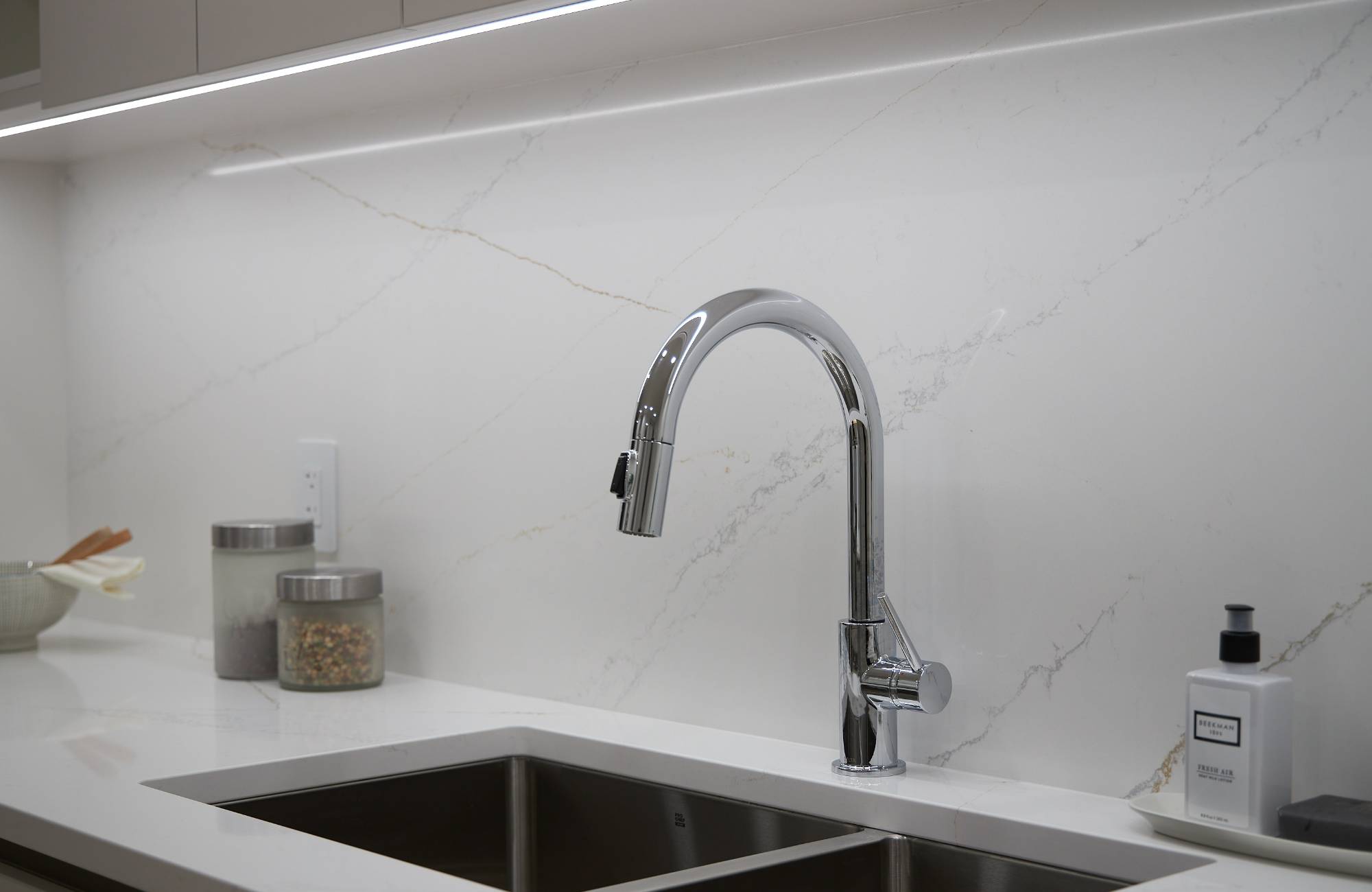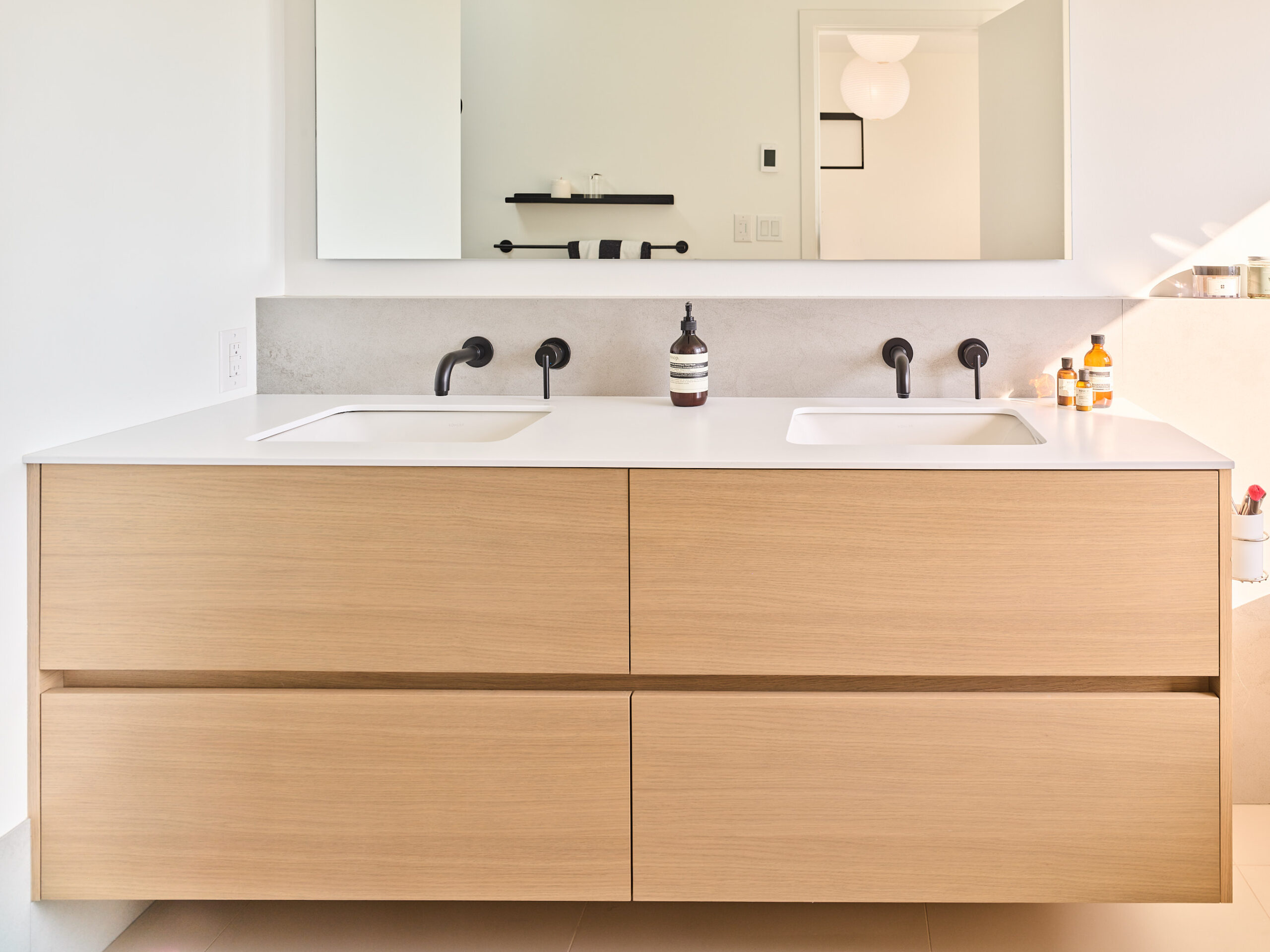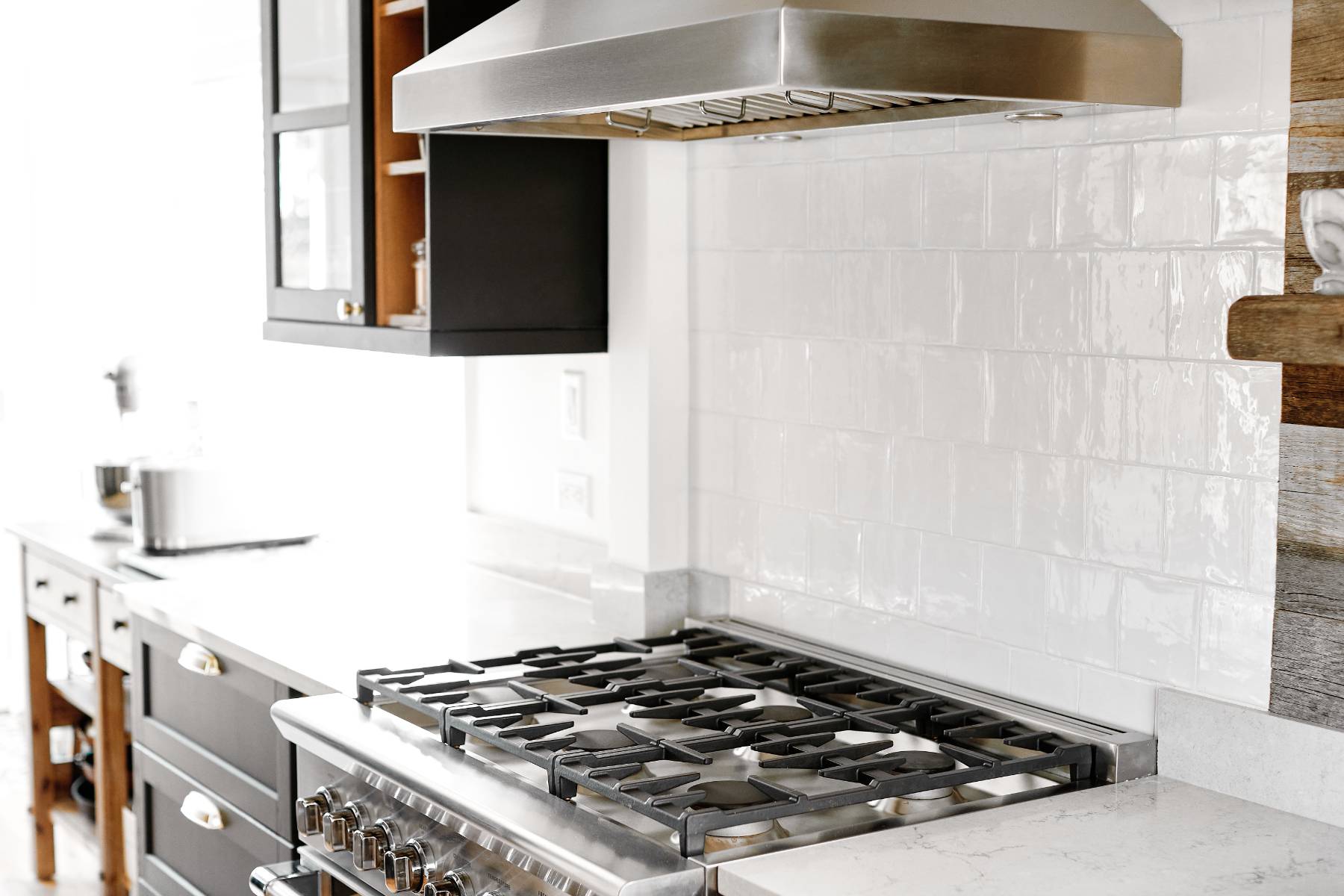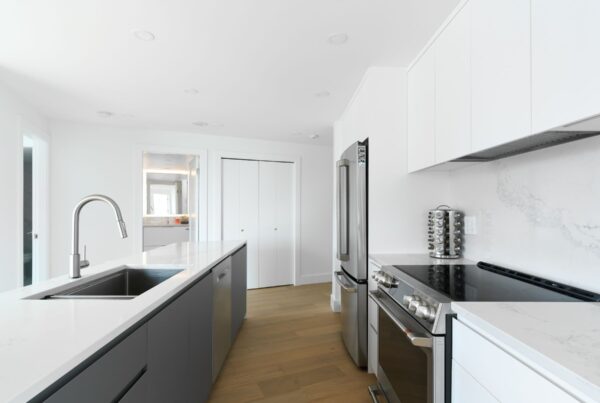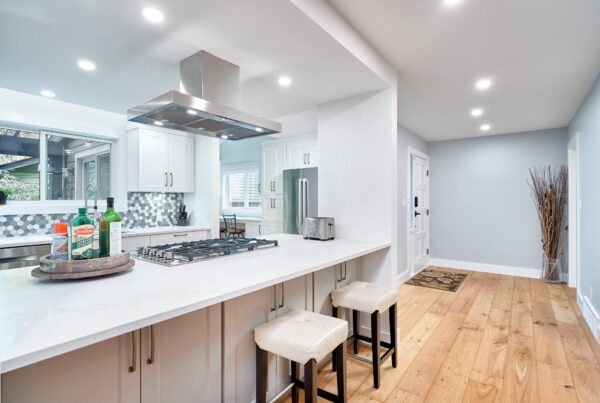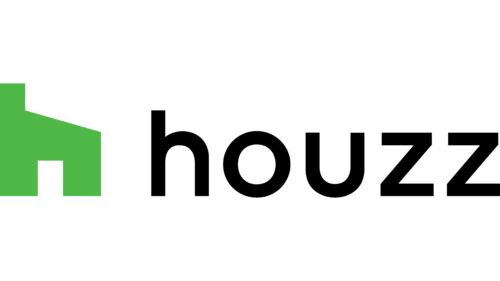Renovating your Vancouver home is an exciting endeavor that allows you to enhance its beauty and functionality. However, it’s important to approach the renovation process with sustainability in mind. By creating an eco-friendly renovation plan, you can minimize your environmental impact and contribute to a greener future. In this blog post, we will explore various steps to help you develop an eco-friendly renovation plan for your Vancouver home, from assessing your current environmental impact to monitoring and maintaining eco-friendly features.
Assessing Your Current Environmental Impact
Before embarking on your renovation journey, it’s crucial to assess your current environmental impact. Evaluate your energy consumption, water usage, and waste generation patterns. This assessment will provide a baseline and help you identify areas that need improvement. By understanding your current impact, you can make informed decisions throughout the renovation process.
Setting Sustainable Renovation Goals
Setting sustainable renovation goals is a vital step in creating an eco-friendly plan. Define your objectives, such as reducing energy consumption, conserving water, or using environmentally friendly materials. These goals will serve as a guide and keep you focused on your eco-friendly renovation journey.
Conducting an Energy Audit
An energy audit is an effective way to identify areas where energy is being wasted in your home. Hire a professional to conduct a comprehensive energy audit. They will assess your insulation, heating and cooling systems, appliances, and lighting. The audit will provide valuable insights into areas that can be improved for better energy efficiency.
Implementing Energy-Efficient Lighting Solutions
One of the easiest ways to reduce your energy consumption is by implementing energy-efficient lighting solutions. Replace traditional incandescent bulbs with energy-efficient LED or CFL bulbs. These options consume significantly less energy and have a longer lifespan. By making this simple change, you can save money on electricity bills while minimizing your environmental impact.
Choosing Eco-Friendly Building Materials
When renovating your home, opt for eco-friendly building materials. Look for materials that are sustainably sourced, have low VOC (volatile organic compound) emissions, and can be recycled. Bamboo flooring, reclaimed wood, and recycled glass countertops are excellent choices that add a touch of elegance to your home while promoting sustainability.
Insulating and Weatherizing for Energy Conservation Proper insulation and weatherization play a crucial role in energy conservation. Insulate your walls, floors, and attic to prevent heat loss during winter and keep your home cool in the summer. Weatherstrip windows and doors to eliminate drafts. These measures enhance energy efficiency and reduce the strain on your heating and cooling systems.
Upgrading to Energy-Efficient Appliances
Old appliances can be energy vampires, consuming excessive energy and driving up your utility bills. Consider upgrading to energy-efficient appliances with the ENERGY STAR label. These appliances are designed to minimize energy consumption without compromising performance. Upgrading to energy-efficient appliances not only benefits the environment but also reduces your long-term energy costs.
Incorporating Renewable Energy Sources
Harnessing renewable energy sources is a fantastic way to power your home sustainably. Consider installing solar panels on your roof to generate clean electricity. Vancouver’s abundant sunlight makes it an ideal location for solar energy production. You can also explore other renewable energy options, such as wind turbines or geothermal systems, depending on your home’s specific requirements.
Water Conservation Strategies
Water conservation is essential, especially in regions like Vancouver where water resources need to be preserved. Incorporate water-saving fixtures, such as low-flow toilets and showerheads, in your renovation plan. Install rainwater harvesting systems to collect and reuse rainwater for irrigation purposes. These strategies will help you reduce water consumption and contribute to water conservation efforts.
Creating a Green Roof or Living Wall
Integrating a green roof or living wall into your renovation plan brings multiple benefits. Green roofs provide insulation, improve air quality, and absorb rainwater, reducing stormwater runoff. Living walls enhance indoor air quality, reduce noise pollution, and create a soothing ambiance. Consult with professionals to determine the feasibility and design options for incorporating these eco-friendly features into your home.
Maximizing Natural Light and Ventilation
Maximizing natural light and ventilation not only reduces the need for artificial lighting and mechanical cooling but also creates a healthier and more pleasant living environment. During the renovation, consider adding skylights, larger windows, and open floor plans to allow ample natural light and airflow. These design elements not only enhance energy efficiency but also contribute to your overall well-being.
Designing for Passive Heating and Cooling
Passive heating and cooling techniques can significantly reduce your reliance on mechanical systems. Proper orientation, shading, and insulation are key factors in passive design. Use materials with high thermal mass, such as concrete or stone, to absorb and release heat slowly. Incorporate overhangs and awnings to provide shade during hot summers. Thoughtful design choices will help you create a comfortable and energy-efficient living space.
Recycling and Reusing Construction Waste
During the renovation process, construction waste can accumulate quickly. Minimize waste generation by recycling and reusing materials whenever possible. Donate usable items to charitable organizations or repurpose them for other projects. Recycling construction waste reduces landfill usage and conserves valuable resources.
Monitoring and Maintaining Eco-Friendly Features
Once your eco-friendly renovation is complete, it’s important to monitor and maintain the implemented features. Regularly check your appliances, solar panels, water-saving fixtures, and other eco-friendly elements to ensure they are operating efficiently. Perform necessary maintenance and repairs promptly to maximize their lifespan and effectiveness.
By following these steps and incorporating eco-friendly practices into your Vancouver home renovation plan, you can create a sustainable living space that benefits both the environment and your well-being. Embrace the opportunity to make a positive impact and contribute to a greener future for Vancouver and beyond.
Revamp Your Vancouver Home with Lower Coast Building Group: Your Partner for Eco-Friendly Renovations
Ready to transform your Vancouver home into an eco-friendly oasis? Look no further than Lower Coast Building Group, your trusted partner for sustainable renovations. Our team of experienced professionals is dedicated to helping you create an environmentally conscious living space that exceeds your expectations. Don’t wait, reach out to Lower Coast Building Group now and embark on your eco-friendly renovation journey! Together, we can make a positive impact on the environment while enhancing the beauty and functionality of your Vancouver home. Contact us today to discuss your renovation goals and let us guide you through the process of turning your vision into a reality.


